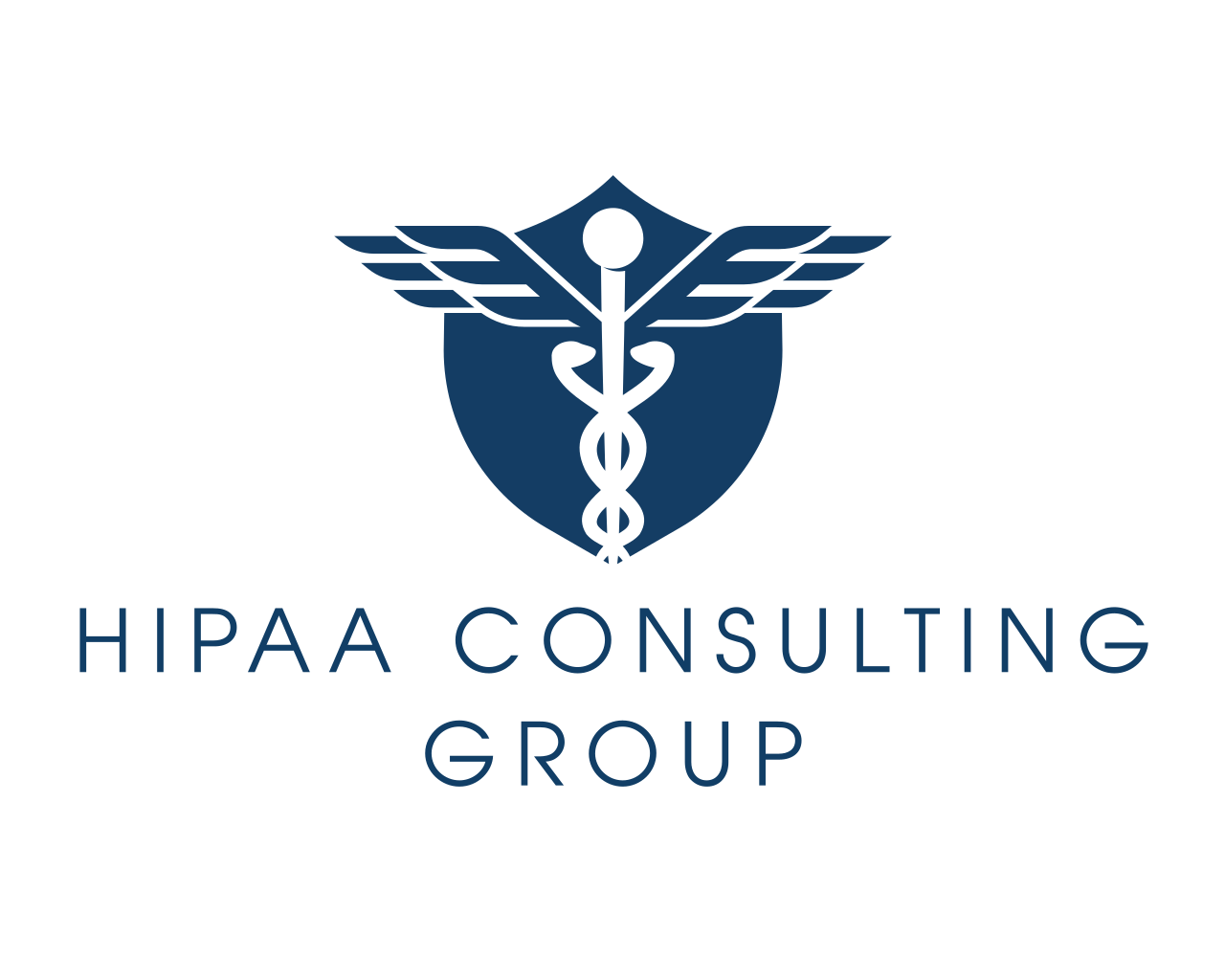Navigating HIPAA 2025: Key Changes Every Healthcare Provider Needs to Know
As the healthcare landscape constantly evolves, staying ahead of regulatory changes is crucial for maintaining compliance and safeguarding patient information. With 2025 marking significant updates to HIPAA regulations, healthcare providers must navigate a series of pivotal changes that promise to reshape privacy and security protocols. This year brings noteworthy adjustments to the HIPAA privacy rule, introducing new cybersecurity rules designed to bolster defense against digital threats, ensuring patient data integrity. Additionally, revisions to Part 2 records and the updated requirements of the HITECH Act, which now mandate sharing fines with victims of HIPAA violations, highlight the growing emphasis on accountability. In this comprehensive guide, we will delve into the key elements of these HIPAA 2025 changes, providing healthcare professionals with the insights needed to adapt and thrive in this new regulatory environment.
Overview of HIPAA 2025 Changes
The HIPAA 2025 changes represent a significant shift in healthcare privacy and security regulations. This section provides a comprehensive overview of the key updates and their implications for healthcare providers.
Key Drivers Behind the Updates
The HIPAA 2025 changes are driven by evolving technological landscapes and emerging privacy concerns. These updates aim to address gaps in existing regulations and enhance patient data protection.
Rapid digitization of healthcare records and the increasing prevalence of cyberattacks have necessitated more robust security measures. The rise of telemedicine and remote patient monitoring has also highlighted the need for updated privacy protocols.
Additionally, growing public awareness about data privacy rights has pushed for more transparent and patient-centric regulations. These factors collectively contribute to the comprehensive nature of the HIPAA 2025 updates.
Impact on Healthcare Providers
The new HIPAA regulations will significantly impact healthcare providers’ operations and compliance strategies. These changes will require substantial adjustments in data management practices and security protocols.
Providers will need to reassess their current privacy policies and implement new procedures to align with updated patient rights. This may involve revising consent forms, updating privacy notices, and enhancing staff training programs.

Furthermore, healthcare organizations will need to invest in advanced cybersecurity measures to meet the new security requirements. This could entail upgrading IT infrastructure, implementing new software solutions, and potentially hiring additional cybersecurity personnel.
Anticipated Challenges and Solutions
Healthcare providers are likely to face several challenges in implementing the HIPAA 2025 changes. These may include resource constraints, technical complexities, and potential disruptions to existing workflows.
To address these challenges, providers should consider:
-
Conducting comprehensive gap analyses to identify areas requiring immediate attention
-
Developing phased implementation plans to manage the transition effectively
-
Investing in staff training and education to ensure smooth adoption of new practices
Collaboration with experienced HIPAA compliance consultants can also provide valuable guidance and support throughout the transition process. By proactively addressing these challenges, healthcare providers can ensure successful compliance with the new regulations while maintaining operational efficiency.
HIPAA Privacy Rule Updates
The HIPAA Privacy Rule updates in 2025 introduce significant changes to how healthcare providers handle patient information. These modifications aim to enhance patient rights and improve data sharing practices while maintaining stringent privacy standards.
Modifications to Patient Rights
The 2025 HIPAA Privacy Rule updates significantly expand patient rights regarding their health information. These changes empower individuals with greater control over their personal health data.
Patients will now have the right to access their health information electronically, free of charge, within a shorter timeframe. This change aims to improve transparency and facilitate patient engagement in their healthcare journey.
Additionally, the updates introduce new rights for patients to restrict certain disclosures of their health information. This gives individuals more say in how their data is shared and used, particularly in scenarios involving sensitive information.
New Disclosure Requirements
The updated HIPAA Privacy Rule introduces new disclosure requirements for healthcare providers. These changes aim to balance patient privacy with the need for efficient healthcare delivery and research.
Providers must now disclose a more comprehensive set of information to patients about how their health data is used and shared. This includes clearer explanations of data sharing practices with third parties and for research purposes.

Moreover, the updates require providers to obtain explicit consent for certain types of data sharing that were previously allowed under implied consent. This change emphasizes the importance of informed patient decision-making in healthcare data management.
Impact on Data Sharing Practices
The new privacy rule updates will significantly impact how healthcare providers share and exchange patient data. These changes aim to facilitate more efficient care coordination while maintaining robust privacy protections.
Providers will need to review and potentially revise their data sharing agreements with other healthcare entities. The updates encourage more streamlined information exchange for treatment purposes, potentially improving care coordination and patient outcomes.
However, providers must also implement stricter controls on data sharing for non-treatment purposes. This includes more rigorous processes for de-identifying patient data used in research and analytics, ensuring patient privacy is protected even as data sharing becomes more prevalent.
Cybersecurity Rules HIPAA
The 2025 HIPAA updates include comprehensive cybersecurity rules to address the growing threat landscape in healthcare. These new regulations aim to strengthen the protection of electronic protected health information (ePHI) against sophisticated cyber threats.
Enhanced Security Measures
The new HIPAA cybersecurity rules mandate enhanced security measures for healthcare providers. These updates reflect the evolving nature of cyber threats in the healthcare sector.
Healthcare organizations are now required to implement multi-factor authentication (MFA) for all users accessing ePHI. This adds an extra layer of security beyond traditional password protection, significantly reducing the risk of unauthorized access.
Additionally, the rules mandate regular security risk assessments and vulnerability scans. Providers must now conduct these assessments more frequently and comprehensively, ensuring that potential security weaknesses are identified and addressed promptly.
Compliance Strategies for Providers
To comply with the new cybersecurity rules, healthcare providers need to develop comprehensive strategies. These strategies should focus on both technological solutions and organizational practices.
Key compliance strategies include:
-
Implementing advanced encryption methods for data at rest and in transit
-
Establishing robust incident response and recovery plans
-
Conducting regular staff training on cybersecurity best practices
-
Adopting a zero-trust security model for network access
Providers should also consider partnering with cybersecurity experts to ensure their strategies are comprehensive and up-to-date with the latest threat intelligence.
Addressing Emerging Threats
The new HIPAA cybersecurity rules place a strong emphasis on addressing emerging threats in the healthcare sector. This forward-looking approach aims to keep healthcare organizations ahead of evolving cyber risks.
Providers are now required to have systems in place for continuous monitoring and threat detection. This includes implementing advanced intrusion detection systems and security information and event management (SIEM) solutions.

Furthermore, the rules encourage the adoption of artificial intelligence and machine learning technologies for predictive threat analysis. By leveraging these advanced technologies, healthcare organizations can better anticipate and mitigate potential security breaches.
Changes to Part 2 Records
The 2025 HIPAA updates bring significant changes to Part 2 records, which pertain to substance use disorder (SUD) treatment records. These modifications aim to improve care coordination while maintaining patient privacy in sensitive areas of healthcare.
Integration with Other Health Records
The updates to Part 2 records focus on facilitating better integration with other health records. This change aims to improve overall patient care by providing a more comprehensive view of a patient’s health status.
Under the new regulations, SUD treatment information can be more easily shared with other healthcare providers involved in a patient’s care. This integration allows for more coordinated and effective treatment plans, especially for patients with co-occurring conditions.
However, the integration process must be carefully managed to maintain the heightened confidentiality requirements associated with SUD records. Providers must implement robust systems to ensure that this sensitive information is only shared when necessary and with appropriate consent.
Confidentiality and Privacy Concerns
While the changes to Part 2 records aim to improve care coordination, they also raise new confidentiality and privacy concerns. Addressing these concerns is crucial for maintaining patient trust and compliance with HIPAA regulations.
The updated rules maintain strict protections for SUD information, requiring explicit patient consent for most disclosures. Providers must implement clear processes for obtaining and documenting this consent, ensuring patients understand how their information may be shared.
Additionally, the regulations introduce new requirements for safeguarding SUD information within integrated health records. This includes implementing advanced access controls and audit trails to monitor and restrict access to this sensitive data.
Implementation Guidelines for Providers
Implementing the changes to Part 2 records requires careful planning and execution. Healthcare providers should follow these guidelines to ensure compliance:
-
Review and update policies and procedures related to SUD record management
-
Implement technical solutions for integrating SUD records while maintaining required privacy controls
-
Develop comprehensive staff training programs on the new regulations and handling of SUD information
-
Establish clear communication channels with patients about their rights and the potential sharing of their SUD information
Providers should also consider conducting regular audits to ensure ongoing compliance with the new Part 2 record regulations. This proactive approach can help identify and address any issues before they become significant compliance risks.
HITECH Act Updates
The 2025 HIPAA changes include significant updates to the Health Information Technology for Economic and Clinical Health (HITECH) Act. These updates focus on enhancing enforcement measures and providing incentives for robust compliance practices.
New Penalties and Fine Distribution
The HITECH Act updates introduce a revised structure for penalties and fines related to HIPAA violations. These changes aim to create a more equitable system while maintaining strong deterrents against non-compliance.
Under the new regulations, there’s a tiered penalty system based on the severity and intent of the violation. This approach allows for more nuanced enforcement, distinguishing between inadvertent mistakes and willful neglect.
Importantly, the updates mandate that a portion of collected fines be distributed to individuals affected by HIPAA violations. This novel approach aims to provide tangible benefits to those impacted by privacy breaches, reinforcing the patient-centric nature of the regulations.
Compliance Incentives and Benefits
The updated HITECH Act introduces new incentives to encourage proactive compliance among healthcare providers. These incentives aim to shift the focus from punitive measures to rewarding good practices.
Key incentives include:
-
Reduced audit likelihood for providers demonstrating consistent compliance
-
Potential for reduced penalties in case of violations if robust compliance programs are in place
-
Recognition programs for healthcare organizations exhibiting exemplary privacy and security practices
These incentives are designed to motivate healthcare providers to invest in comprehensive compliance programs, ultimately improving the overall security of patient information across the healthcare sector.
Preparing for Audits and Inspections
With the HITECH Act updates, healthcare providers must be prepared for more rigorous audits and inspections. This increased scrutiny aims to ensure widespread compliance with the new regulations.
To prepare effectively, providers should:
-
Conduct regular internal audits to identify and address potential compliance gaps
-
Maintain detailed documentation of all privacy and security practices
-
Implement continuous monitoring systems to track compliance metrics
-
Develop a rapid response plan for addressing any identified issues during audits

Additionally, providers should consider engaging external HIPAA compliance experts to conduct mock audits. These simulations can provide valuable insights and help organizations identify areas for improvement before facing official inspections.
If you’re looking for guidance for your business, call us today! Our team of experts can get and keep you compliant.

